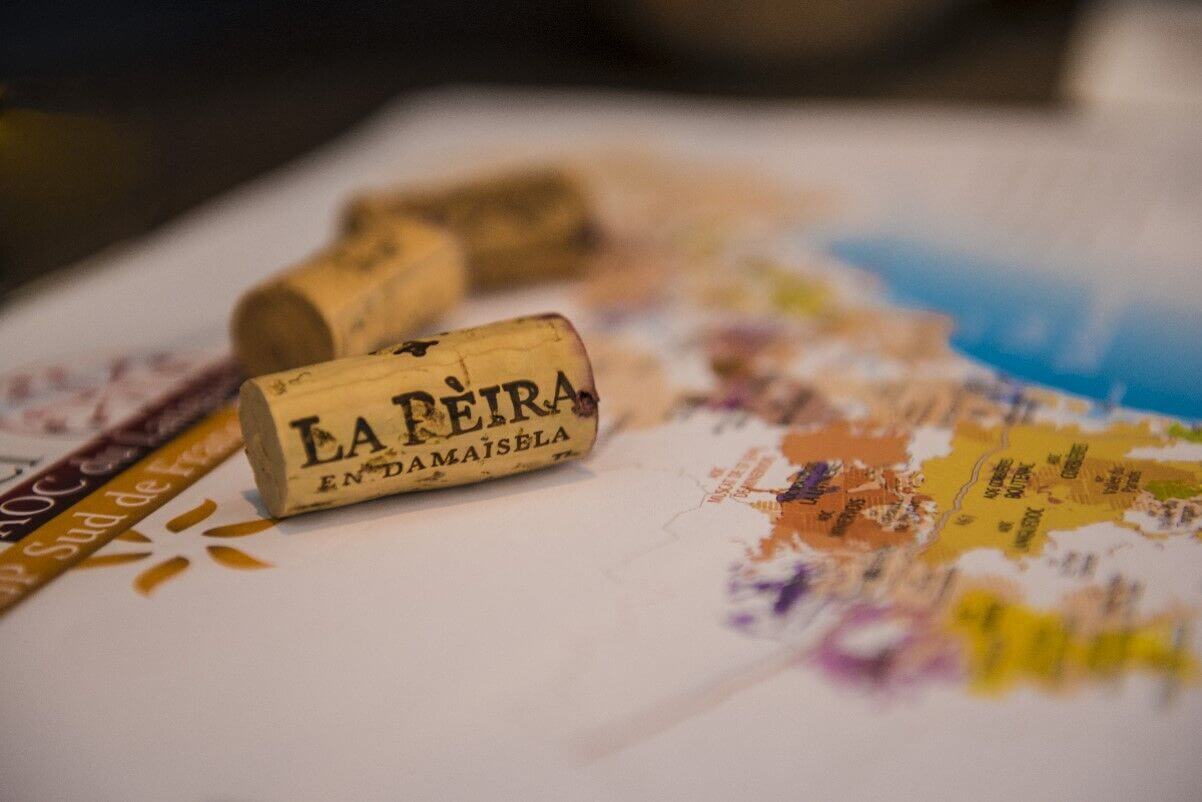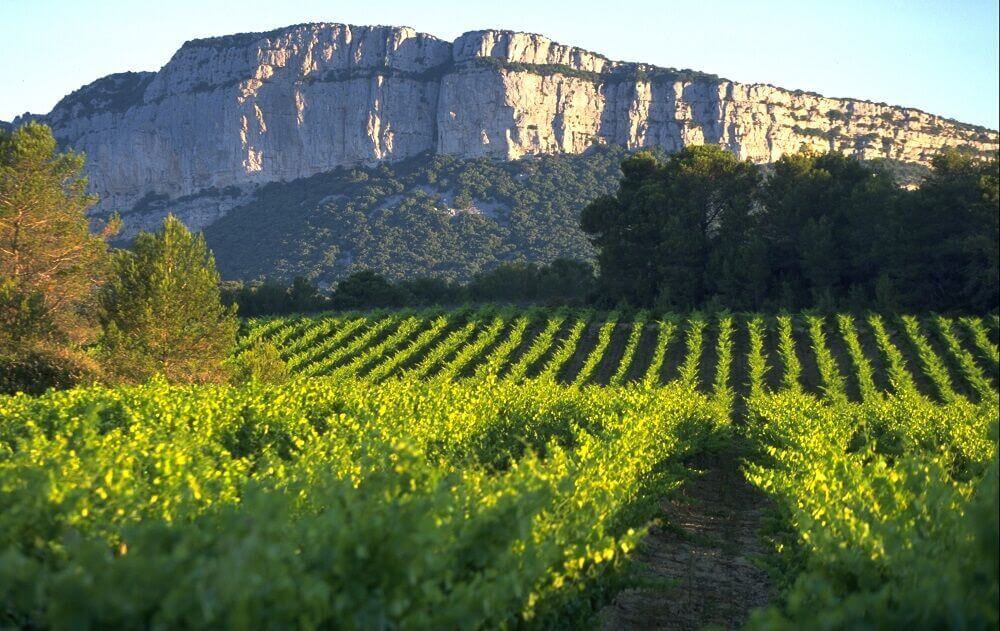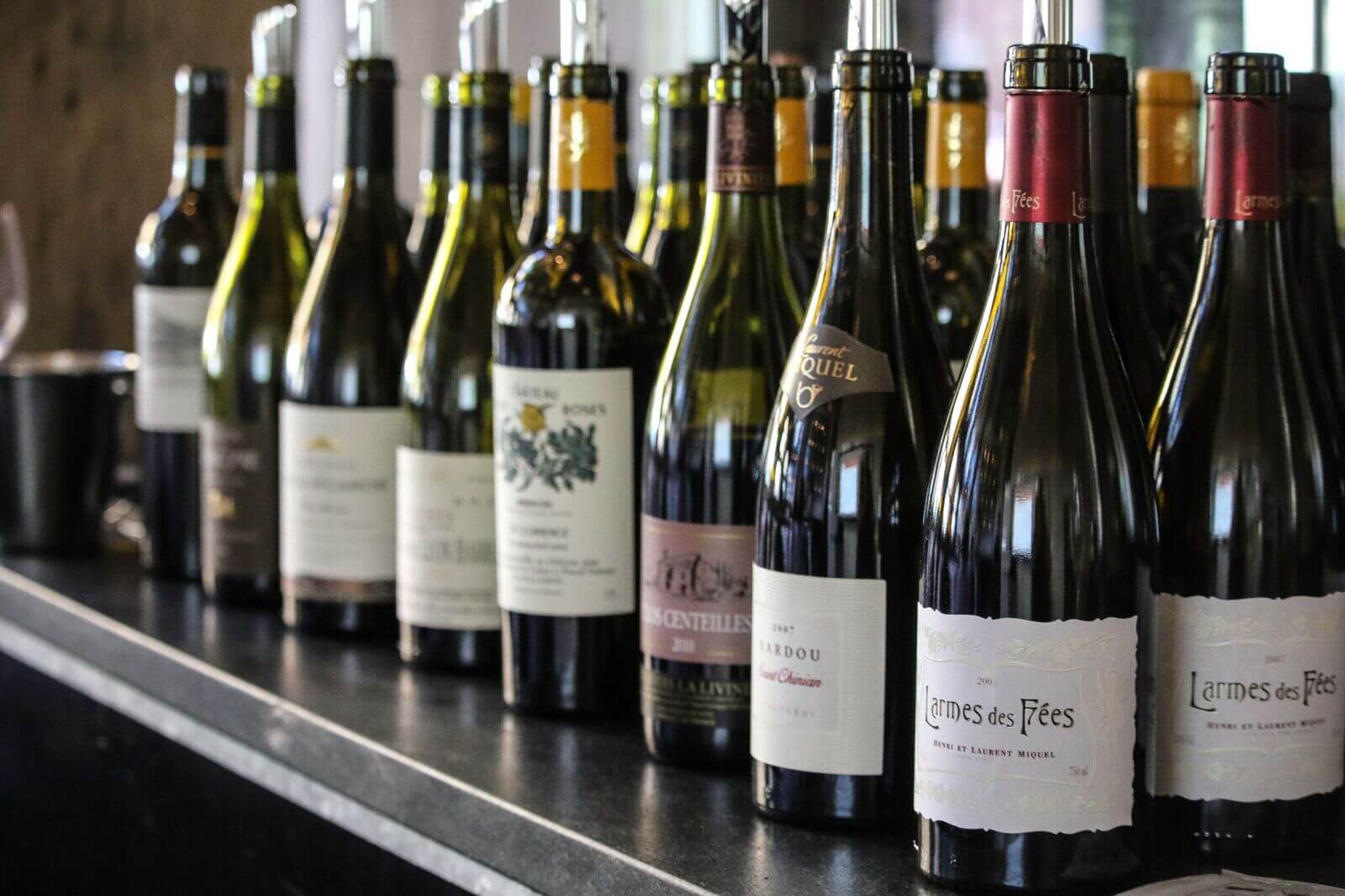Whose Crus? Cellar Selections from Languedoc, France

There is great romance around the term “Cru” and all that it encompasses: higher quality wines, lower production, limited availability, bragging rights when you get your hands on a bottle. But with all this comes added cost, usually bringing a bottle solidly into triple digits, if not beyond. (Anyone see my bottle of 1945 Romanée Conti I put somewhere?)
But in the Languedoc, the cru system while still evolving, has seen a number of elevations of subzones and regions to AOC status in the last two decades, creating wines with the quality and prestige you look for when stocking a cellar, but at fractions of the cost at the outlay. The smart collector bring these wines in now and watch their value and elegance increase with time.

5 Crus du Languedoc to Know:
La Clape (elevated 2015) This is a true geological wonder of the wine world. Once an island off the coast of the Languedoc, alluvial deposits gradually accumulated over time and formed a land bridge to the island that was completed only 600 years ago! The newly connected land mass kept the name La Clape which roughly translates to “pile of pebbles” in the Occitaine language. With a climate moderated by the Mediterranean and soils that are loaded with limestone and are dry and nutrient-poor, this former island is perfect for growing fresh, mineral-driven wines of both red and white styles.
Corbières-Boutenac (elevated 2005) Covering 10 villages within the Corbières AOC, the terroir here is influenced by elevation, the often-howling wind (known locally as the Cers) blowing through the region, and a pebbly, clayey soil. This is one of the few appellations to require the use of Carignan, which becomes concentrated and focused in the dry, stressful conditions found in Boutenac. Look for a pronounced garrigue note due to the scrubby, wild herbs grown here, alongside the dense, black fruit.

Minervois-La Livinière (elevated 1999) Featuring some of the most diverse soils in the Languedoc, in Minervois-La Livinière you can find vines planted in sandstone, shale, limestone, marble, silex and clay, sometimes all within a few feet of each other! Planted up in the foothills of the Black Mountain and coupled with the fact that this is one of the driest wine regions in all of France and you have the recipe to create rich, complex and long-lasting wines. This is also a region that requires producers to hold on to their wines for a year beyond harvest, allowing a more complex and integrated wine to be enjoyed.
Terrases du Larzac (elevated 2014) Set-up in the southern facing foothills of the Causse de Larzac, the soil here runs red as iron becomes a dominant factor in the vineyard. Mixed in with limestone and stony scree that washes down from the weather-beaten northern plateau, the vineyards and wines often feature a blend of all five major red grape varieties of the Languedoc. Here you can find some of the greatest diurnal shifts in the whole of the Languedoc, promoting wines with surprising acidity and concentration.
Pic Saint Loup (elevated 2017) This is the newest official elevation in the Languedoc and many have argued that it was a long overdue recognition for the region. Located around 200 meters above sea level in the foothills of the Cévennes mountains, the geological history here goes back some 90 million years! With limestone nearly ubiquitous, mixed with some clay and marl, Pic Saint Loup finds itself right on the fringe of both Mediterranean and Continental climates. While 90% of the AOC is red wine production, relying upon Syrah for a majority of the blend, the rosés have also commanded a lot of attention for their finesse and precision.


